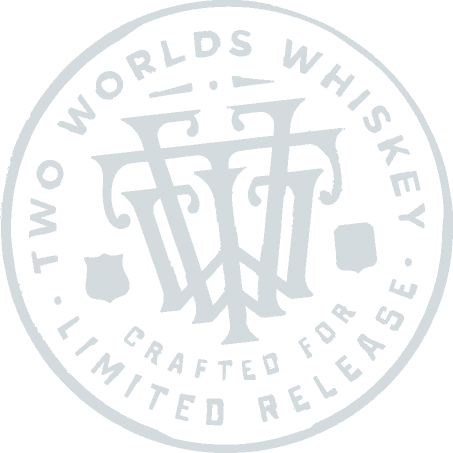Bourbon's French Origins
Most people recognize that bourbon has a very French name, but very few people are aware of bourbon’s French orígíns.
Bourbon's French Origins

Most people recognize that bourbon has a very French name, but very few people are aware of bourbon’s French orígíns.
Distillation
While many credit Scottish and Irish immigration for bringing distillation know-how to the United States, the first recorded distiller in Kentucky was Marsham Brashears, whose family immigrated to America from France in the 1600s. That Marsham Brashears would become a distiller is not such a surprise given his family name in France is Brasseurs, meaning “Brewers” in French!
Maturation
Bourbon’s characteristic rich vanilla and caramel notes do not come from the corn used to distill it, despite popular belief, but from the way it is aged.
Bourbon is aged in new, charred oak barrels. Barrels are like tea bags: each time they are used to age a spirit, less and less flavor is imparted from the wood to the spirit. The vanilla flavor comes from vanillin, an organic compound found naturally in oak. The caramel flavor comes from the natural sugars present in the oak that are released and caramelized when the interior of the barrel is charred prior to use for aging bourbon.
This style of aging is believed to have been first used to age whiskey by two French immigrants, Jean and Louis Tarascon. The Tarascon brothers fled France during the French revolution and eventually settled a community called Shippingport, directly across from my hometown and the capital of bourbon whiskey; Louisville, Kentucky. The Tarascon brothers had their own distillery at Shippingport, called the Napoleon distillery, and they also purchased un-aged whiskey (in the United States, we call this “white dog,” also known as “new make” in Scotland) from farmer-distillers like my ancestor, William Downard.
Distillation
While many credit Scottish and Irish immigration for bringing distillation know-how to the United States, the first recorded distiller in Kentucky was Marsham Brashears, whose family immigrated to America from France in the 1600s. That Marsham Brashears would become a distiller is not such a surprise given his family name in France is Brasseurs, meaning “Brewers” in French!
Maturation
Bourbon’s characteristic rich vanilla and caramel notes do not come from the corn used to distill it, despite popular belief, but from the way it is aged.
Bourbon is aged in new, charred oak barrels. Barrels are like tea bags: each time they are used to age a spirit, less and less flavor is imparted from the wood to the spirit. The vanilla flavor comes from vanillin, an organic compound found naturally in oak. The caramel flavor comes from the natural sugars present in the oak that are released and caramelized when the interior of the barrel is charred prior to use for aging bourbon.
This style of aging is believed to have been first used to age whiskey by two French immigrants, Jean and Louis Tarascon. The Tarascon brothers fled France during the French revolution and eventually settled a community called Shippingport, directly across from my hometown and the capital of bourbon whiskey; Louisville, Kentucky. The Tarascon brothers had their own distillery at Shippingport, called the Napoleon distillery, and they also purchased un-aged whiskey (in the United States, we call this “white dog,” also known as “new make” in Scotland) from farmer-distillers like my ancestor, William Downard.
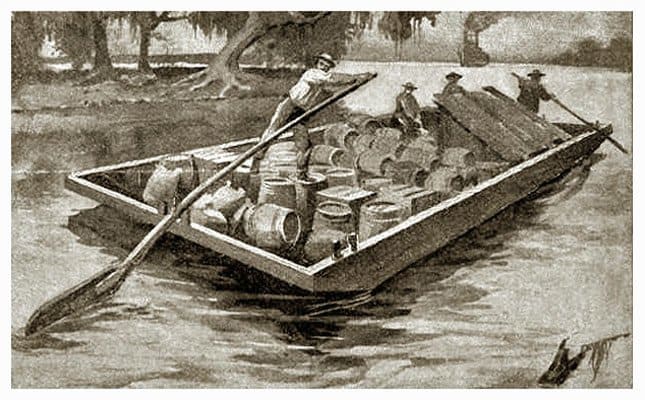
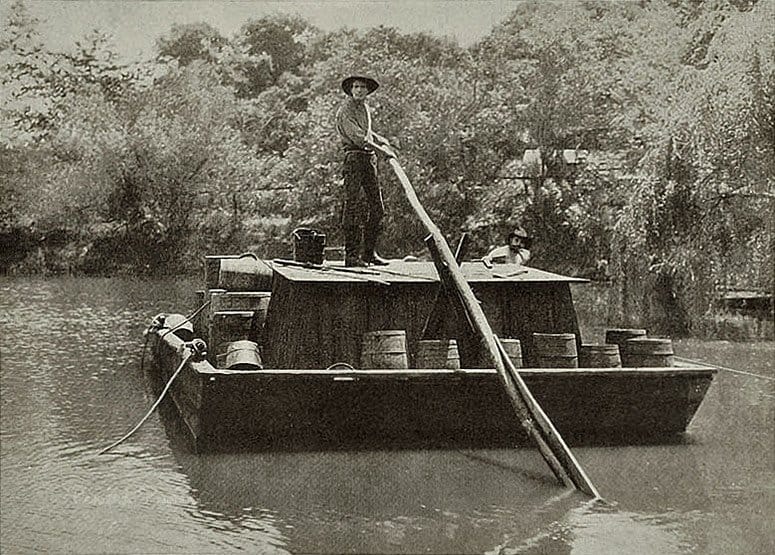
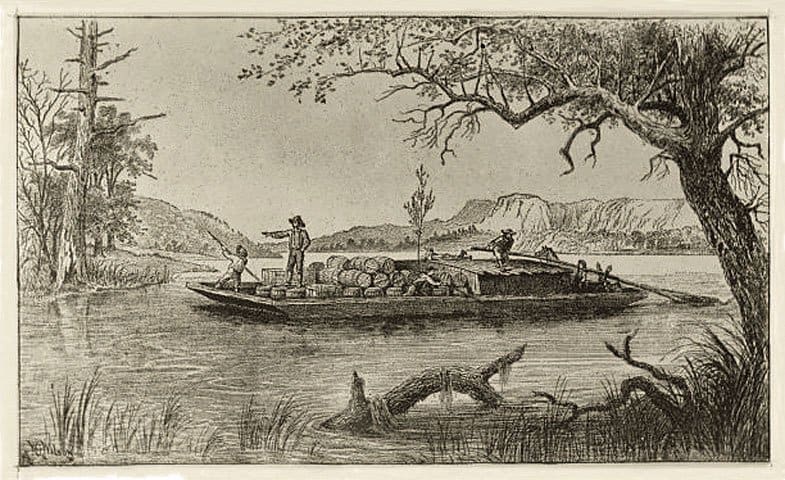
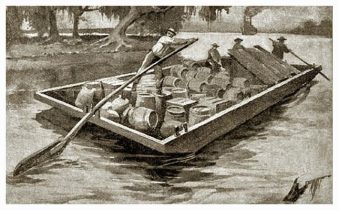
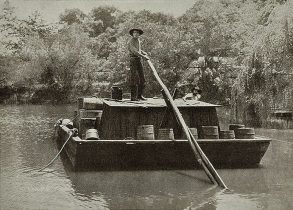
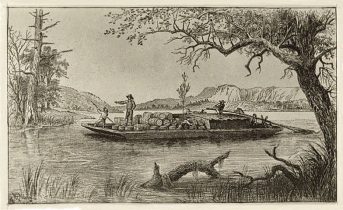
The Tarascon brothers would then age this distillate in charred oak containers, following the French style of aging brandy since the fifteenth century. They then sold this aged whiskey downriver to French customers in New Orleans who were still partial to their native spirit Cognac. At the time, however, Cognac was hard to come by in the new United States, since it had to be imported and was very expensive. The Tarascon brothers thus cleverly marketed their whiskey to their Cognac-loving clientele as a type of brandy but made from corn.
The Name
There are many different popular theories about how bourbon got its name, but bourbon historians have discovered that one of the most likely is that it was used for marketing!
At the time the term “bourbon” first appeared in advertisements to describe a particular style of American whiskey, the term “bourbon” was already a common marketing term used to denote that a product was top-of-the-line and of the highest quality. The word “bourbon” was used to market products as varied as sugar, coffee, and cotton. Even then, anything French was equated with luxury!
The Tarascon brothers would then age this distillate in charred oak containers, following the French style of aging brandy since the fifteenth century. They then sold this aged whiskey downriver to French customers in New Orleans who were still partial to their native spirit Cognac. At the time, however, Cognac was hard to come by in the new United States, since it had to be imported and was very expensive. The Tarascon brothers thus cleverly marketed their whiskey to their Cognac-loving clientele as a type of brandy but made from corn.
The Name
There are many different popular theories about how bourbon got its name, but bourbon historians have discovered that one of the most likely is that it was used for marketing!
At the time the term “bourbon” first appeared in advertisements to describe a particular style of American whiskey, the term “bourbon” was already a common marketing term used to denote that a product was top-of-the-line and of the highest quality. The word “bourbon” was used to market products as varied as sugar, coffee, and cotton. Even then, anything French was equated with luxury!
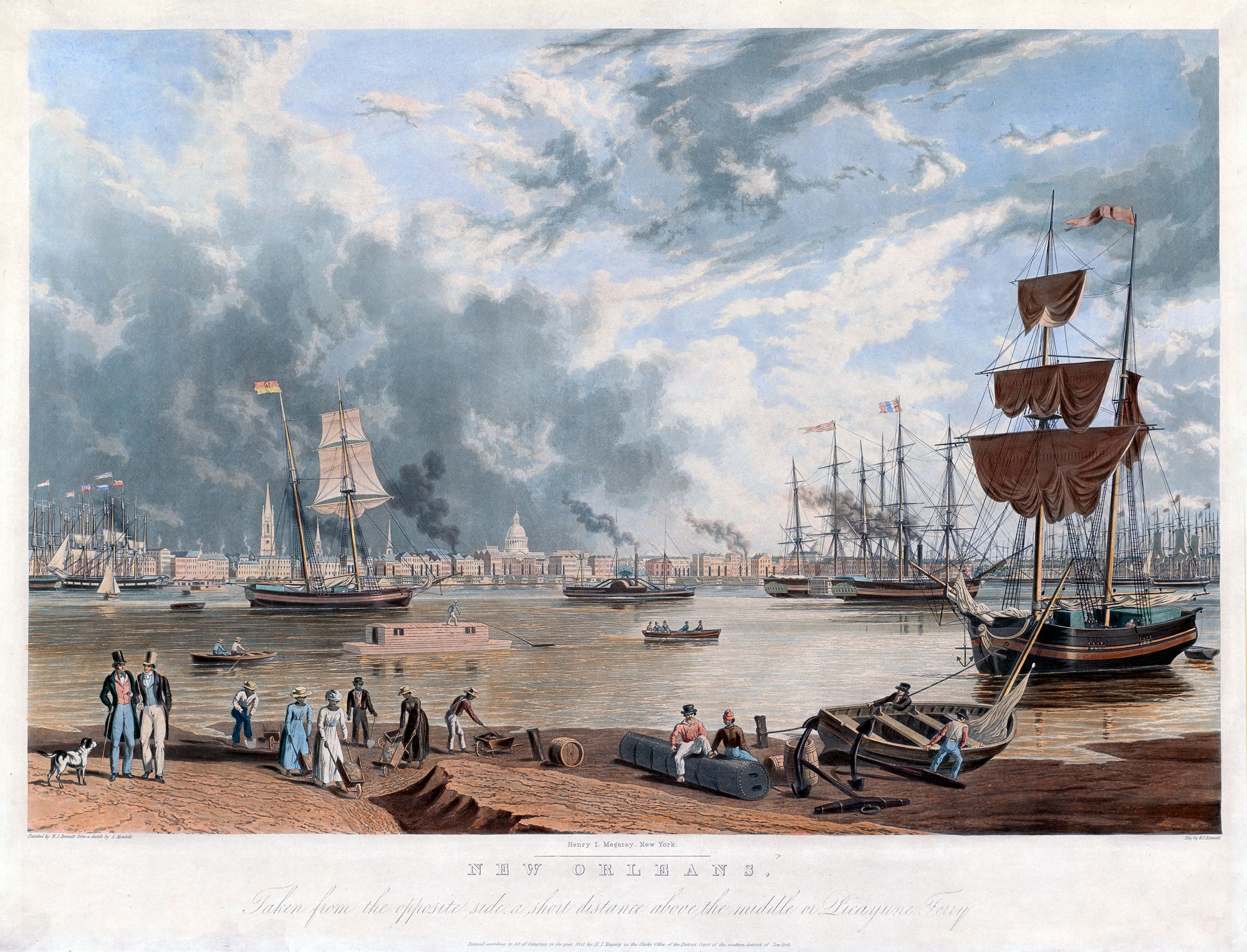

Another popular theory is that this style of whiskey first gained popularity on Bourbon Street in New Orleans, which was named in honor of the House of Bourbon in France. Bourbon Street, then as it is now, was one of the hardest drinking streets in one of the hardest drinking cities in the country. Ninety-five percent of the whiskies traded out of state at the time were sent to New Orleans, where the majority of the whiskey was then consumed. Fans of the new style of whisky aged in charred oak are believed to have asked for that “Bourbon Street whiskey,” which over time was shortened to “bourbon whiskey.”
Regardless of which theory you believe, bourbon’s name is decidedly French in origin. So not only did the French give bourbon its name, but they helped create the style and make it popular!
Another popular theory is that this style of whiskey first gained popularity on Bourbon Street in New Orleans, which was named in honor of the House of Bourbon in France. Bourbon Street, then as it is now, was one of the hardest drinking streets in one of the hardest drinking cities in the country. Ninety-five percent of the whiskies traded out of state at the time were sent to New Orleans, where the majority of the whiskey was then consumed. Fans of the new style of whisky aged in charred oak are believed to have asked for that “Bourbon Street whiskey,” which over time was shortened to “bourbon whiskey.”
Regardless of which theory you believe, bourbon’s name is decidedly French in origin. So not only did the French give bourbon its name, but they helped create the style and make it popular!


